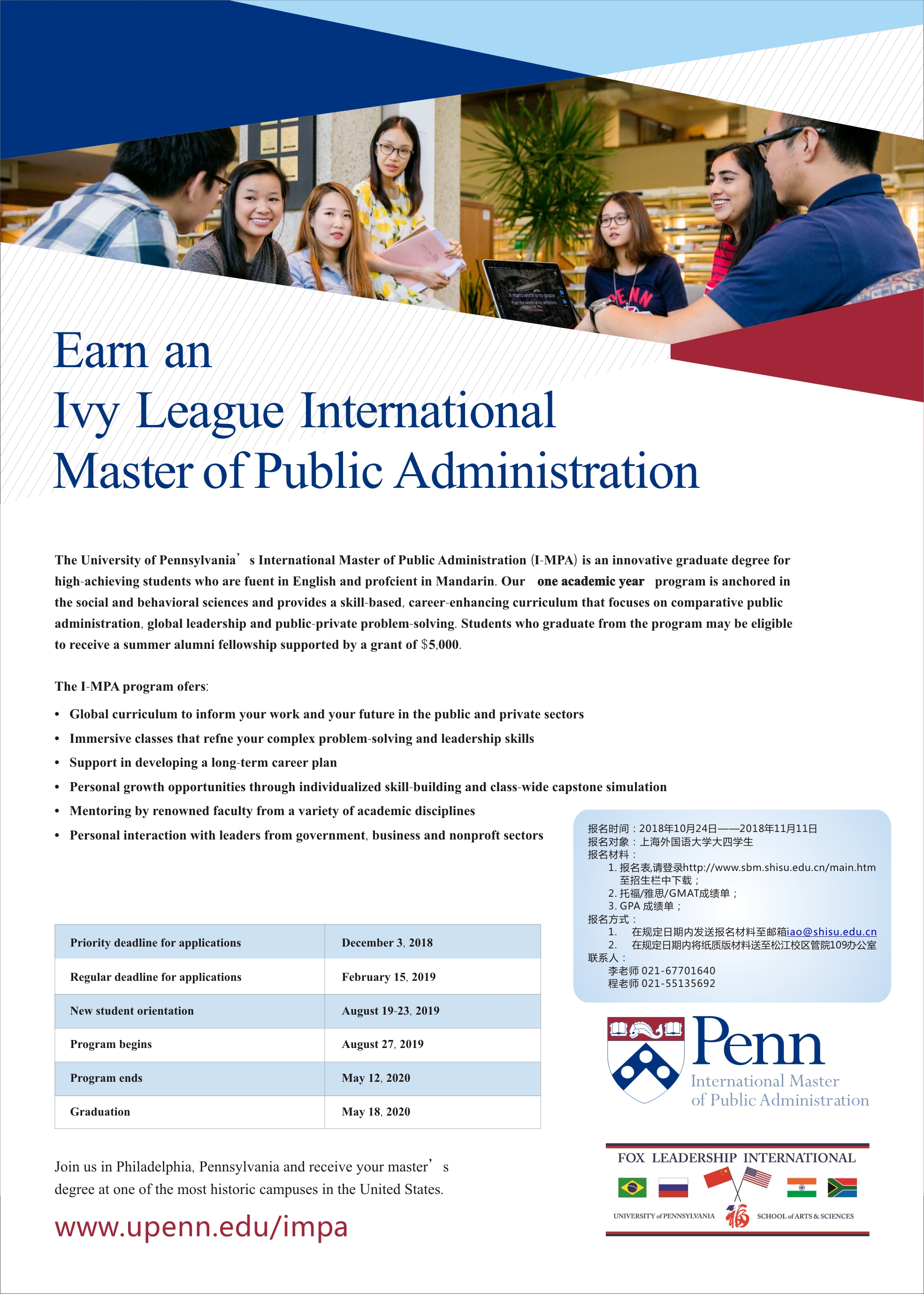Understanding Undergraduate Federal Loan Limits: A Comprehensive Guide for Students
#### Description:Navigating the world of student loans can be a daunting task, especially for first-time college students. One of the most crucial aspects t……
#### Description:
Navigating the world of student loans can be a daunting task, especially for first-time college students. One of the most crucial aspects to understand is the undergraduate federal loan limits. These limits dictate how much financial assistance you can receive from the federal government to help fund your education. This comprehensive guide will provide you with essential information about these limits, how they work, and what to consider when applying for federal student loans.
Federal student loans are a popular option for many students because they often come with lower interest rates and more flexible repayment options compared to private loans. The U.S. Department of Education offers several types of federal loans, including Direct Subsidized Loans, Direct Unsubsidized Loans, and Direct PLUS Loans. Each type has its own eligibility requirements and borrowing limits, which can significantly impact your overall financial aid package.

For undergraduate students, the federal loan limits are primarily divided into two categories: dependent and independent students. Dependent students, typically those who rely on their parents for financial support, have lower borrowing limits compared to independent students, who are financially self-sufficient. Understanding these distinctions is crucial for planning your education funding effectively.
As of the latest guidelines, dependent undergraduate students can borrow up to $5,500 in their first year of college, $6,500 in their second year, and $7,500 for each subsequent year, with a total limit of $31,000. For independent students, the borrowing limits increase slightly, allowing them to borrow up to $9,500 in their first year, $10,500 in their second year, and $12,500 for each additional year, with a total limit of $57,500. These limits include both subsidized and unsubsidized loans, which means that students may need to consider their financial situation carefully when deciding how much to borrow.
One of the most significant advantages of federal loans is the subsidized option, which is available to students who demonstrate financial need. With subsidized loans, the federal government pays the interest while you are in school at least half-time, during the grace period, and during deferment periods. This can save you a significant amount of money over the life of the loan. However, it's essential to remember that there are limits on how long you can receive subsidized loans, typically up to 150% of your program length.

When planning for college expenses, it's also crucial to consider other forms of financial aid, such as scholarships and grants, which do not require repayment. Combining these forms of aid with federal loans can minimize your overall debt burden. Additionally, students should be aware of the importance of budgeting and managing their finances while in school to avoid unnecessary borrowing.
Moreover, understanding the repayment options available for federal loans is vital. After graduation, students typically enter a six-month grace period before they must start repaying their loans. During this time, it's advisable to explore various repayment plans, including income-driven repayment plans, which can make payments more manageable based on your income level.
In conclusion, comprehending undergraduate federal loan limits is essential for any student planning to finance their education through federal loans. By knowing how much you can borrow, the differences between dependent and independent student limits, and the benefits of subsidized loans, you can make informed decisions that will impact your financial future. Always remember to explore all available financial aid options and consider your long-term financial goals when taking on student debt. With careful planning and understanding, you can successfully navigate the complexities of student loans and pave the way for a successful educational experience.
